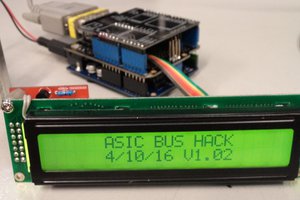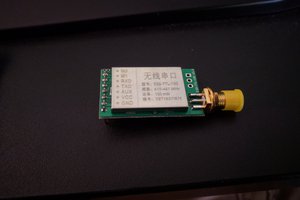So far the Smoke transmission signals have been decoded. No actual software has been written. Here are some things left that need to be done (no particular order):
- NRF24L01+ driver for the ESP8266 (existing Arduino library?)
- Coding up the receiver sync process
- Radio sleep/wake cycles
- ESP8266 gateway setup (https://github.com/tzapu/WiFiManager looks promising)
- ESP8266 Device Discovery (by a computer on the local network)
- Handling multiple gateways on the same network
- Re-transmitting the data onto the WiFi network (MQTT? something else?)
- Log the data to a database
- Display the data
- ...
 skytoastar
skytoastar

 Mild Lee Interested
Mild Lee Interested
 Dominic DeMarco
Dominic DeMarco
 Gabriel
Gabriel